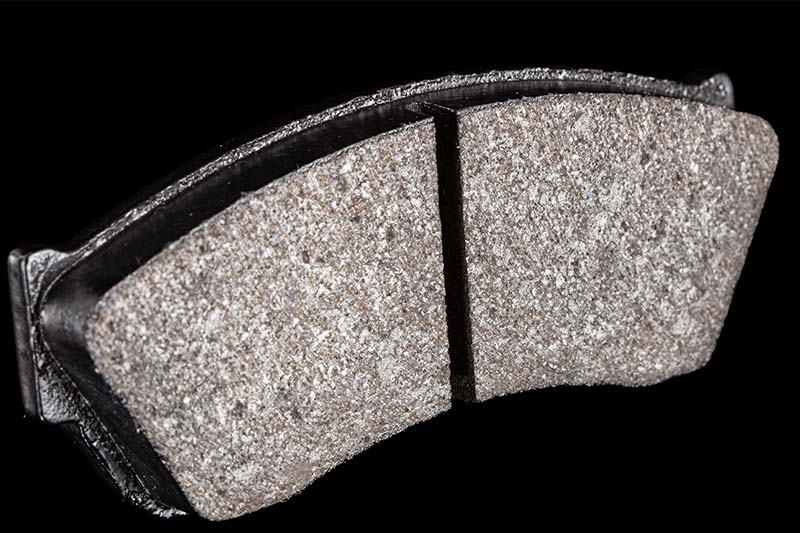Brake pads are one of the most important parts of your car. They help your car stop safely. Over time, brake pads wear out and need to be replaced. If you don’t replace them, your car may not stop properly, which can be dangerous. Here are the top 5 signs that your car needs new brake pads.
1. Squeaking or Squealing Noise
When you press the brake pedal, do you hear a high-pitched squeaking or squealing sound? This noise is often caused by a small metal indicator in the brake pad. When the brake pad wears down, the indicator touches the rotor, creating the noise. This is a warning that the brake pads are thin and need to be replaced soon.
- What to do: If you hear this noise, check your brake pads. If they are less than 1/4 inch thick, replace them.
2. Grinding Sound
A grinding sound is worse than a squeaking noise. This sound happens when the brake pads are completely worn out, and the metal backing of the pad is rubbing against the rotor. This can damage the rotor, which is expensive to repair.
- What to do: If you hear grinding, stop driving and replace the brake pads immediately. Check the rotors for damage.
3. Longer Stopping Distance
If your car takes longer to stop than usual, it could be a sign that the brake pads are worn out. Worn brake pads have less friction, which makes it harder for your car to stop quickly.
- What to do: Test your brakes in a safe area. If the car doesn’t stop as fast as it should, inspect the brake pads.
4. Vibration When Braking
Do you feel a vibration or shaking when you press the brake pedal? This could mean the brake pads are uneven or the rotors are warped. Warped rotors happen when the brake pads are not replaced on time, and the metal overheats.
- What to do: Have a mechanic check the brake pads and rotors. You may need to replace both.
5. Brake Pad Warning Light
Many modern cars have a brake pad warning light on the dashboard. This light turns on when the brake pads are too thin. Some cars also have sensors that measure the thickness of the brake pads.
- What to do: If the warning light comes on, check the brake pads. Replace them if they are worn out.
How to Check Your Brake Pads
You can check your brake pads yourself or ask a mechanic to do it. Here’s how:
- Look through the wheel spokes. You can often see the brake pad through the wheel.
- Check the thickness. The brake pad should be at least 1/4 inch thick. If it’s thinner, replace it.
- Inspect for uneven wear. If one side of the pad is thinner than the other, there may be a problem with the brake system.
Why Replace Brake Pads on Time?
Replacing brake pads on time is important for several reasons:
- Safety: Worn brake pads can make it hard to stop your car, which can lead to accidents.
- Cost: If you don’t replace the brake pads, they can damage the rotors. Rotors are more expensive to replace than brake pads.
- Performance: New brake pads help your car stop smoothly and safely.
Conclusion
Brake pads are a key part of your car’s braking system. If you notice any of these signs, check your brake pads right away. Replacing them on time will keep you safe and save you money. If you’re not sure how to check or replace brake pads, ask a mechanic for help.



